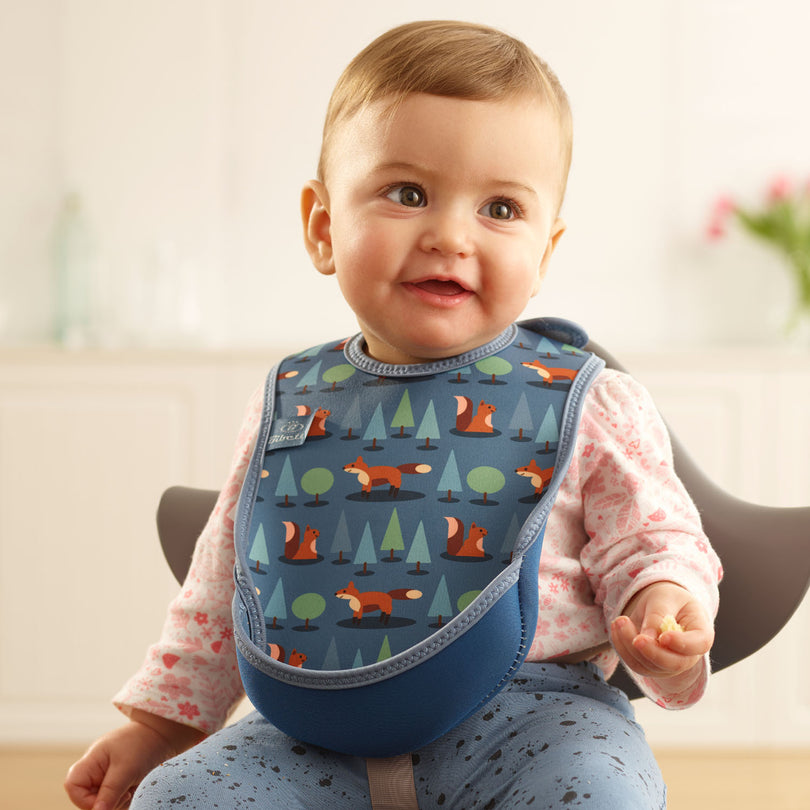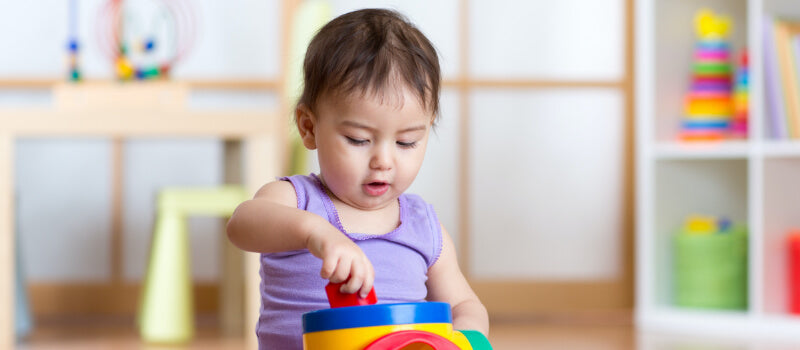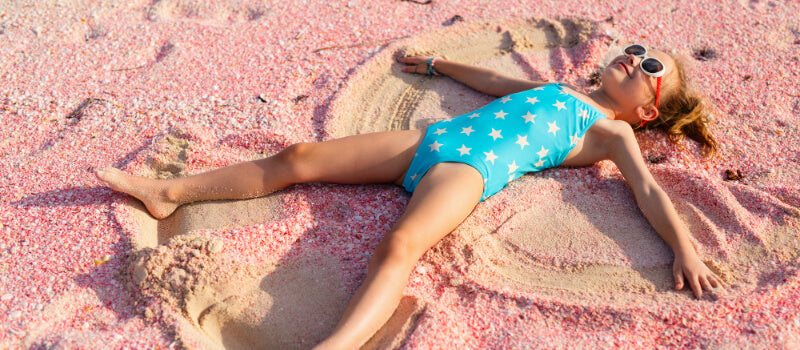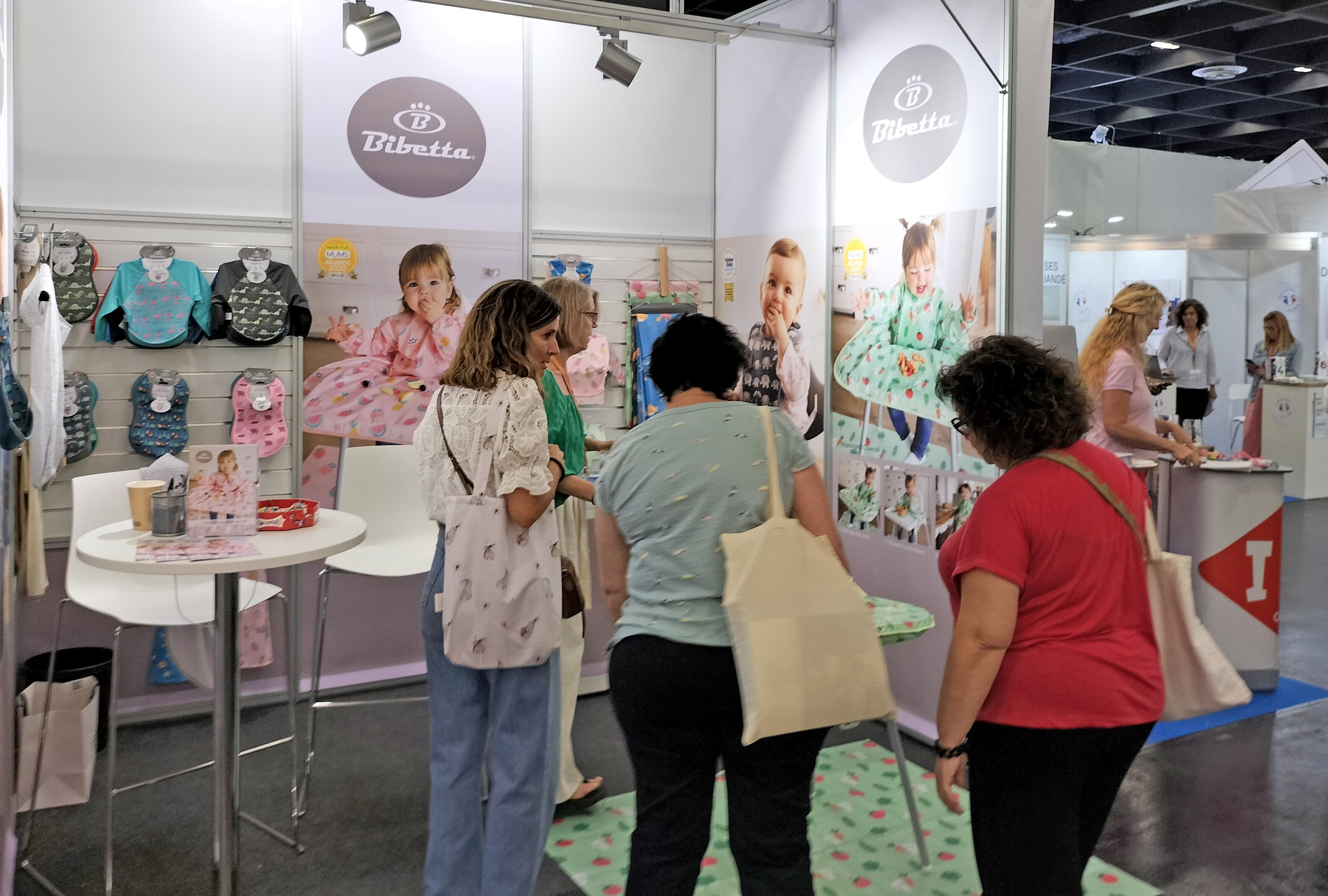5 ideas for sensory play for under 2s
Keeping a young child entertained is a job in itself. The games they love and enjoy one day, can quickly become less stimulating as the brain develops, leaving a child easily bored with the same activities.
Stimulating the senses
Play encourages children to use their creativity, and without them even knowing it, they are learning. It stimulates their imagination and dexterity, developing physical, cognitive, and emotional strength.
Sensory play is just one way to challenge the brain. By doing this, its development and the learning process is aided and enhanced. In fact, both children and even adults learn best and retain the most information when they engage their senses.
Think about how hearing a song can remind you of a childhood memory, or a certain smell can make you think it a person or place. That’s because you’ve had an immersive sensory experience engaging one or more of the magical five.
Sight, smell, sound, taste and touch
In celebration of National Play Day, we have pulled together five easy sensory play activities to stimulate little minds, without lots of preparation or special equipment.
Sensory bins. Sensory bins are quick and easy activities that engage at least one, if not several, of the five senses. Put simply, it’s a tactile experience in a container. The great thing about them is that you can get them out and tidy them away time and time again because they are already in a box. You can make a sensory bin out of virtually anything, but if you’re stuck for ideas, here are 25 to get you thinking.
Water play. What child doesn’t love water? The process of pouring, filling and even splashing teaches young children hand-eye coordination, precision and consequence of their actions. Try a water table in the garden or if you’re feeling brave, give them bowls and buckets and let them play inside. Make sure you use a coverall bib though!
Bubble wrap fun. The sound and feeling of bubbles popping has an unrivalled satisfaction that children and grown-ups alike love. Using this ingenious material for bubble wrap art not only allows young children to explore and learn touch and sound, but also sight as they watch what happens. Other ideas include games that encourage movement such as driving toy cars along a bubble wrap road or cutting it into squares to make hopscotch with a difference.
Shape and texture sorting. If there is one thing children are good at, it’s making a mess. Mixing up toys (or generally anything) and getting one thing out after they finish playing with another is their specialist skill! Once a child reaches an age where they can understand instructions, engage in a game of sorting. Such as sorting buttons by size, colour or shape, or finding all of the soft toys and putting them together i.e. tidying!
Edible play. Most things end up in the mouth anyway, so why not cater for it? Edible play means that you can offer activities that are safe, without the fear of swallowing something they shouldn’t. Dry pasta threading or scooping, crunching Rice Crispies, or playing with porridge oats to make swirly patterns are easy store cupboard suggestions. Celebrate the mess with Bibetta’s Placemat with pocket!







